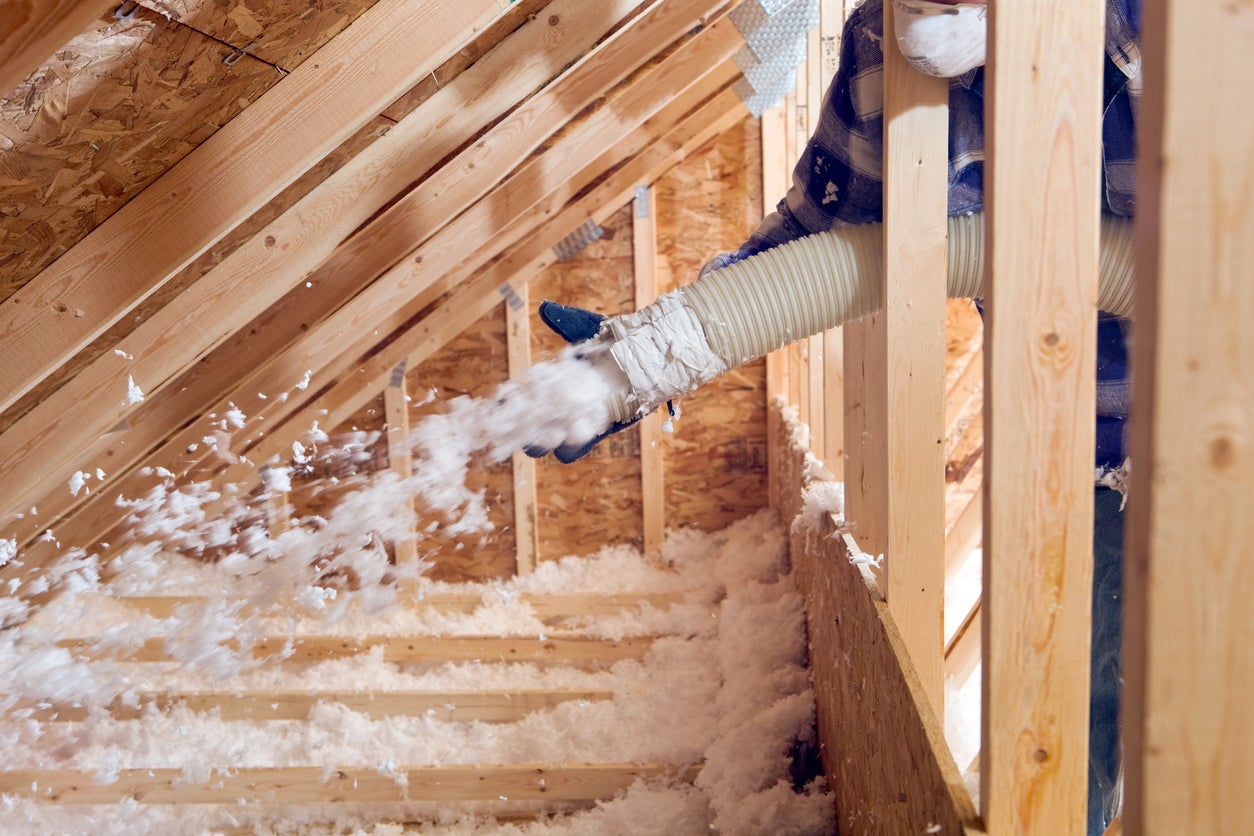Plywood, often perceived as a utilitarian material, has gained traction in contemporary design for its versatility and strength. However, its aesthetic appeal can sometimes fall short compared to other materials like solid wood or engineered composites. Fortunately, there are numerous strategies to enhance the visual appeal of plywood, making it a desirable choice for both functional and decorative applications. In this article, we will explore advanced techniques and creative ideas to improve the aesthetics of plywood, ensuring it stands out in any design context.
- Understanding Plywood's Natural Beauty
Before diving into enhancement techniques, it’s essential to appreciate the inherent beauty of plywood. Composed of thin layers of wood veneer glued together, plywood showcases unique grain patterns and textures. The type of wood used—be it birch, oak, or maple—significantly influences its aesthetic. Understanding these characteristics allows designers to make informed choices about finishes and treatments that will highlight the plywood's natural beauty.
- Selecting the Right Grade of Plywood
The first step in improving the aesthetics of plywood is selecting the appropriate grade. Plywood is available in various grades, ranging from A (highest quality) to D (lowest quality). Higher-grade plywood features fewer knots and imperfections, providing a smoother canvas for finishing. For projects where appearance is paramount, opting for A-grade plywood can significantly enhance the final look.
- Finishing Techniques to Enhance Visual Appeal
a. Staining
Staining is one of the most effective ways to enhance the color and grain of plywood. By applying a wood stain, you can deepen the natural hues or introduce new colors that complement your design scheme. It’s crucial to test stains on scrap pieces of plywood to see how they interact with the wood grain. Water-based stains are often recommended for their ease of use and quick drying time, while oil-based stains provide a richer finish.
b. Painting
For a bold aesthetic, painting plywood can transform its appearance entirely. Using high-quality primers and paints designed for wood surfaces ensures durability and a smooth finish. Consider using a spray gun for an even application, or opt for a brush for a more textured look. Additionally, techniques like color blocking or ombre effects can add a modern twist to your plywood projects.
c. Varnishing and Lacquering
To protect the surface while enhancing its beauty, applying a clear varnish or lacquer is essential. These finishes not only provide a glossy sheen but also protect against moisture and wear. For a more natural look, consider using a matte finish, which can give the plywood a sophisticated, understated elegance.
- Texturing and Layering
a. Wood Burning (Pyrography)
Wood burning, or pyrography, is an artistic technique that involves burning designs into the surface of the plywood. This method adds a unique, handcrafted touch that can elevate the material’s aesthetic. Whether creating intricate patterns or simple outlines, wood burning can transform plywood into a stunning focal point.
b. Layering Techniques
Layering different types of plywood or combining plywood with other materials can create depth and interest. For instance, using contrasting plywood types (such as birch and walnut) can produce a striking visual effect. Additionally, incorporating materials like metal or glass can enhance the overall design, making plywood a versatile component in mixed-media projects.
- Incorporating Lighting
Lighting plays a crucial role in showcasing the beauty of plywood. Strategic placement of lighting can highlight the grain and texture of the wood, creating an inviting atmosphere. Consider using LED strip lights under shelves or behind panels to create a warm glow that accentuates the plywood’s natural features.
- Creative Applications
a. Furniture Design
Plywood is increasingly popular in furniture design due to its strength and lightweight nature. By employing the aforementioned techniques, designers can create stunning pieces that are both functional and visually appealing. From coffee tables to shelving units, the aesthetic possibilities are endless.
b. Wall Treatments
Using plywood as wall paneling can add warmth and character to any space. By applying stains, paints, or textures, you can create feature walls that serve as a backdrop for other design elements. Consider using plywood in unexpected areas, such as ceilings or as room dividers, to enhance the overall aesthetic of a room.
Conclusion
Improving the aesthetics of plywood is not only achievable but can also lead to stunning results that rival more traditional materials. By understanding the natural beauty of plywood, selecting the right grades, and employing innovative finishing techniques, designers can elevate this versatile material to new heights. Whether through staining, painting, or creative applications, the potential for plywood in modern design is vast. Embrace these strategies to transform plywood into a visually captivating element in your next project.
